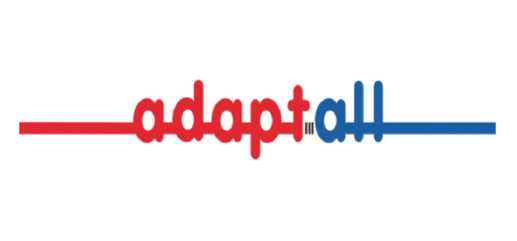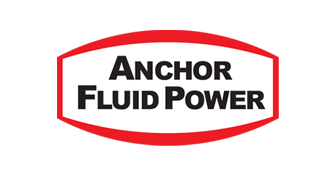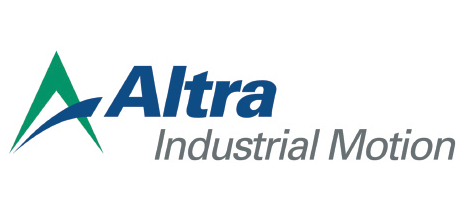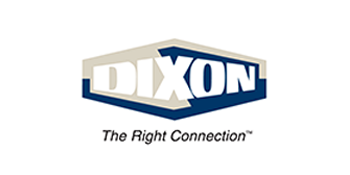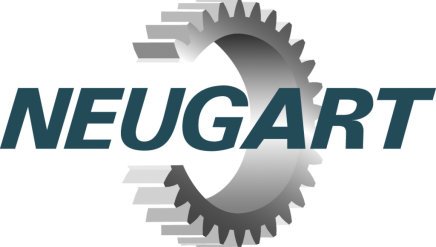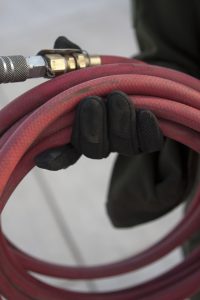
Pressurized air is the power source behind many manufacturing processes as well as a lot of mobile machinery. This air is extremely useful, but can quickly become dangerous. Danger is likely to occur when any component within the system becomes damaged. Since air is so compressible, when it escapes with force, (i.e., a burst occurs) it is explosive.
Pneumatic hose bursts can result in a variety of serious injuries, including cuts and bruises from particles, skin penetration due to sheer velocity, and whiplash from air hoses striking.
Anytime you are handling compressed air, a preventive maintenance program needs to be in place to regularly check each component, especially air hoses, for damage. Air hoses should be checked for damaged fittings, cuts, wear and leaks, and should be checked often.
When a puncture or a leak is found during a routine maintenance check, there is only one thing to do: replace the air hose. Repair should never be an option for air hoses. Repairs are temporary at best, and potentially fatal at worst. Replacing pneumatic hoses is the only way to ensure that an assembly, and the
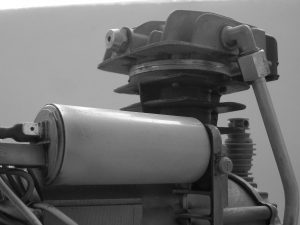
system overall, is safe. Even systems operating at relatively low pressures such as 100 psi can cause serious bodily harm.
Never try to patch a pneumatic hose or attempt any other method of repair. While there may be some advice on the internet saying that you can temporarily patch a hose for a quick fix, these methods are never recommended. A repaired hose is never as strong as a completely intact, new hose. Repairs are temporary fixes, and they don’t actually solve the problem.
Replacing pneumatic hoses is the safest and best way to go. If you have an in-house crimper, you could create a new hose for yourself with the properly-rated hose and fittings. If you don’t have such equipment or expertise (or time), it’s best to go to a trusted supplier who can quickly create a durable, reliable replacement.
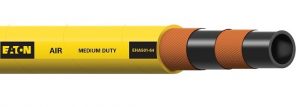
One of the best ways to prevent a hose from failing is to replace it before it wears too far. How often should you replace hoses? Longevity depends on many factors, including the environment and the type of pneumatic hose. Is the hose exposed to extremely warm environments, excessive vibration or kinking? All of these factors will result in premature wear and tear. If you’re unsure about whether a hose needs to be replaced or have any question, just replace it. When in doubt, go the safe route. 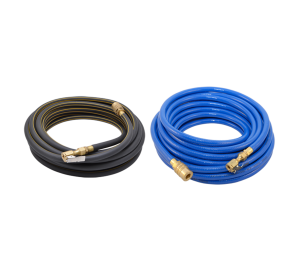
One of the best ways to prevent a pneumatic hose failure is to have the pneumatic hose assembly created right the first time, with quality materials and by the hand of an experienced professional. And many times, pneumatic hose and tubing must meet certain regulations and standards, so you want to make sure you get your hose from a trusted manufacturer. Peace of mind lies in preparedness. When a failure occurs, though, do not take the repair shortcut, as it can end up costing you more than just money.




